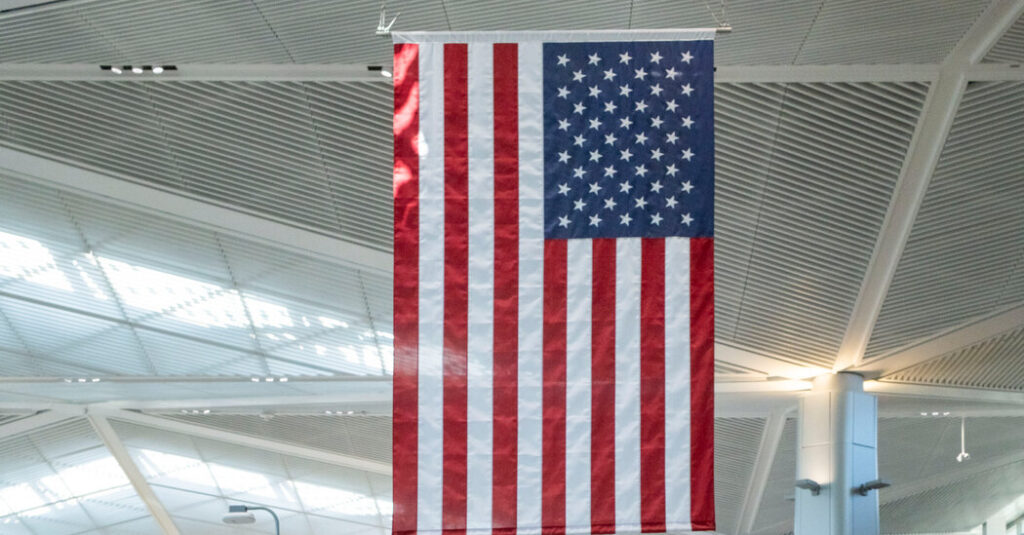The U.S. welcome mat is rolling up — at least that’s how some international travelers see it, according to the World Travel & Tourism Council, a global organization representing the travel and tourism industry. And the cost for that hospitality lapse will be high.
The United States is on track to lose $12.5 billion in international travel spending this year, falling to less than $169 billion from $181 billion in 2024, according to the latest Economic Impact Research, published by the W.T.T.C. on Tuesday.
That’s a 22.5 percent decline from the U.S. international spending peak of $217.4 billion in 2019 — and it comes after months of Trump administration policies that have deterred foreign travelers from visiting because they either feel unwelcome or unsafe.
Julia Simpson, the president and chief executive of the W.T.T.C., said that while last year U.S. travel spending remained below 2019 levels — mainly because the dollar’s strength made it expensive for international travelers — the downward projection for this year is driven by negative sentiment in the wake of tourist detentions and steep tariffs.
“The near neighbors, Canada and Mexico, are not traveling,” Ms. Simpson said, referring to a decline in travelers from those countries in reaction to immigration crackdowns, tariffs and politically charged statements on the part of the Trump administration. “There are also concerns over visas — whether they’ve got the right visa or might accidentally get arrested, which has made people quite fearful.”
The United States is the only country among the 184 economies analyzed by the W.T.T.C. and the global economic advisory firm Oxford Economics that is forecast to see an international visitor decline in 2025. As the United States tightens immigration and scrutinizes visitors at its borders, other countries, like China, are relaxing visa requirements, aiming to encourage international tourism.
“While other nations are rolling out the welcome mat, the U.S. government is putting up the ‘closed’ sign,” Ms. Simpson said. “I’m quite sure President Trump, with his background in hospitality, understands that holiday makers just want to come and enjoy the beautiful country and the people and the history and then go home again,” she said. “They don’t want to live there.”
The United States still has the world’s largest tourism and travel market, which contributed $2.36 trillion to the nation’s economy last year. But 90 percent of tourism spending in 2024 came from domestic tourists.
The W.T.T.C. says not encouraging international tourism to the United States is a missed opportunity because that’s where the real growth lies. Foreign travelers spend an average of $4,000 per trip — eight times more than domestic travelers, according to the U.S. Travel Association. In 2024, the United States welcomed 72.4 million international visitors, 7 million fewer than in 2019. International arrivals have steadily declined this year, with significant drops in March from key markets like Canada, Britain and South Korea, according to U.S. Department of Commerce data.
While part of that decline can be attributed to the fact that Easter fell late this year, pushing back a popular travel window — particularly from Western Europe — many U.S. travel companies have revised their projections for the summer to reflect the downward trend.
“Without urgent action to restore international traveler confidence, it could take several years for the U.S. just to return to prepandemic levels of international visitor spend,” Ms. Simpson said.
Follow New York Times Travel on Instagram and sign up for our Travel Dispatch newsletter to get expert tips on traveling smarter and inspiration for your next vacation. Dreaming up a future getaway or just armchair traveling? Check out our 52 Places to Go in 2025.


